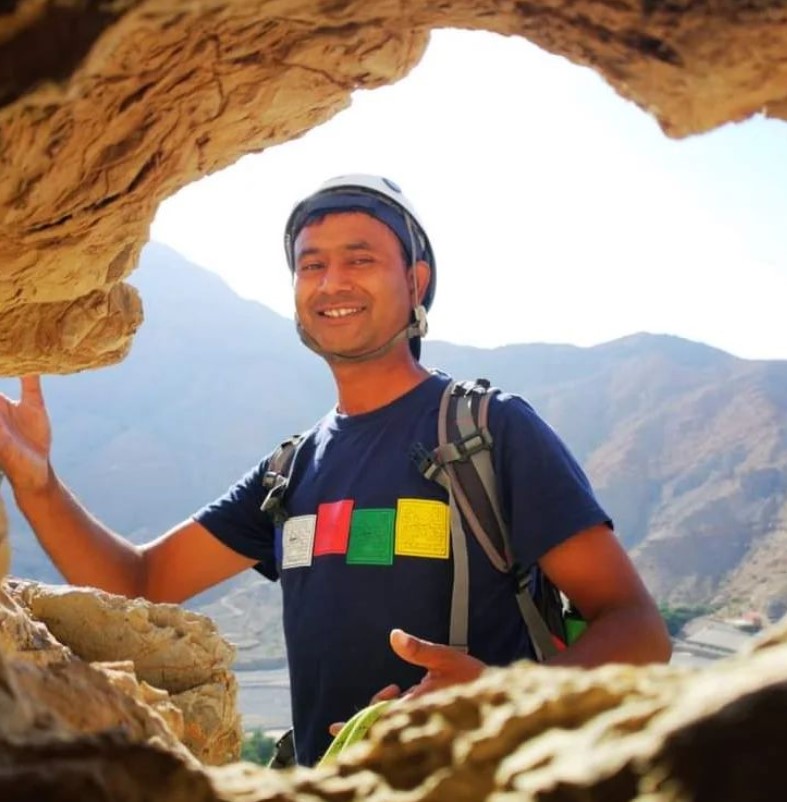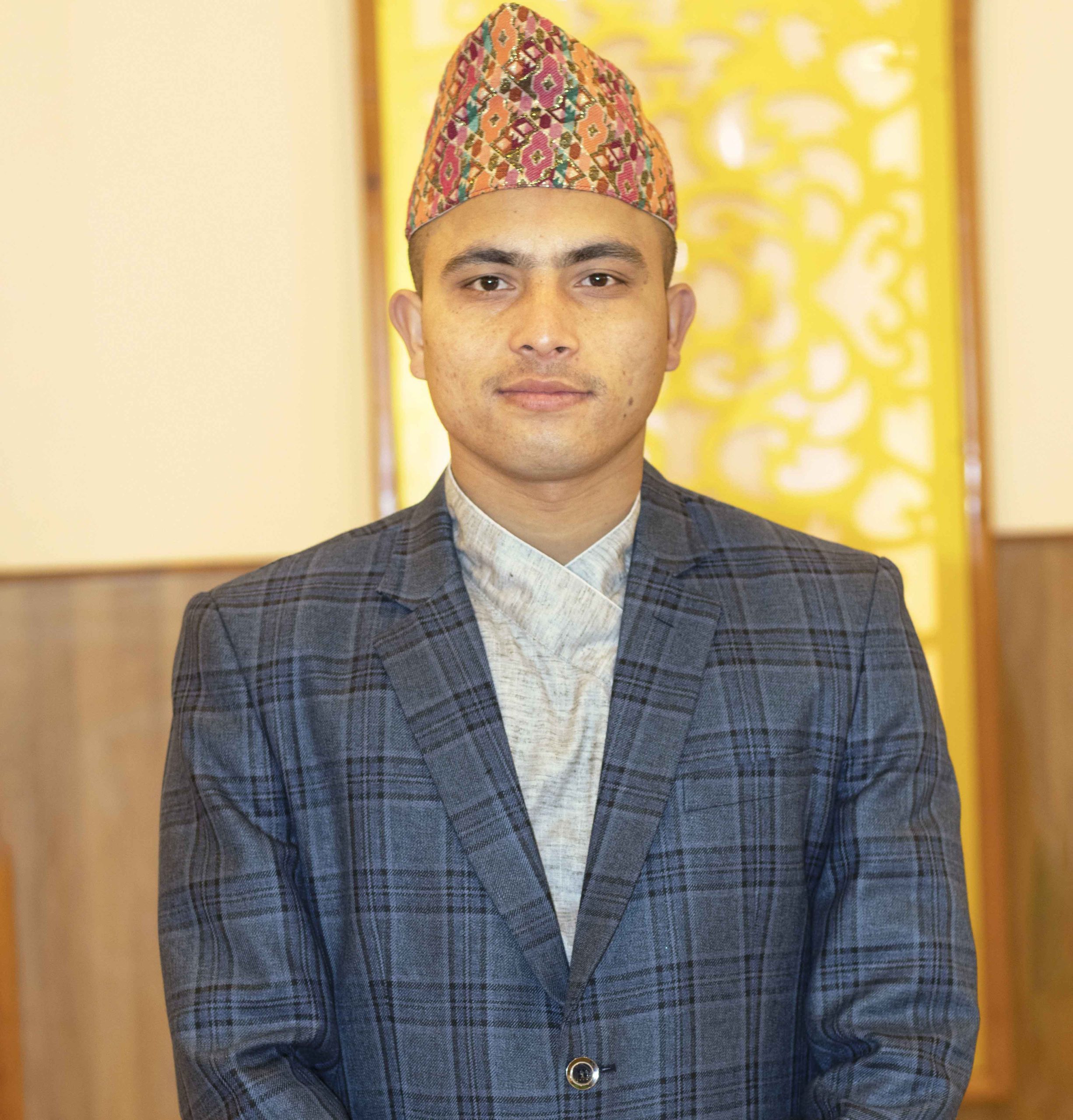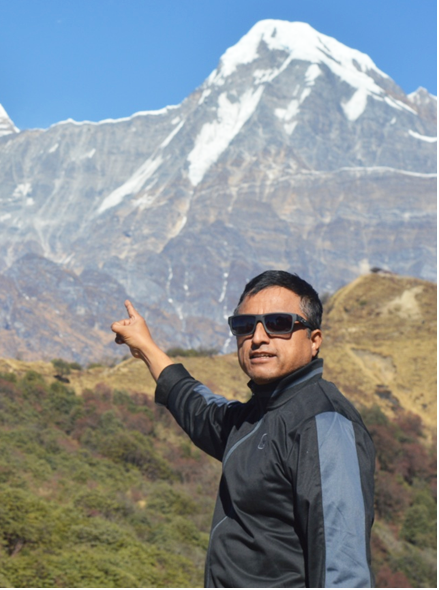Trip Introduction
Introduction
Muktinath Temple is a sacred place both for Hindus and Buddhists located in Muktinath Valley at an altitude of 3,710 meters at the foot of the Thorong La pass, Mustang district, Nepal. The Hindus call the sacred place Mukti Kshetra, which literally means the “place of salvation”. Mainly the temple is with a predominant Sri Vaishnava origin and worshipped by Buddhists. This temple is considered to be the 105th among the available 108 Divya Desam. The ancient name of this place, before Buddhist origin is known as Thiru Saligramam. This houses the Saligrama sila considered to be the naturally available form of Sriman Narayana (The Hindu God head). It is also one of the 51 Sakthi peetams. The central shrine of Sri Muktinath, predominant among all 108 Hindu SriVaishnava Divyadesam is considered one of the eight most sacred shrines for Hindu Vaishnavas known as Svayam Vyakta Ksetras, the other seven being Srirangam, Srimushnam, Tirupati, Naimisharanya, Totadri, Pushkar, and Badrinath. The temple is very small. Muktinath is one of the most ancient Hindu temples of God Vishnu. The murti is of gold and is tall enough to compare with a man. The prakaram(outer courtyard) has 108 bull faces through which water is poured. It is of freezing temperature. The sacred water that flows in 108 pipes around the temple complex denote all sacred Pushkarini waters (Temple Tanks) from all 108 Sri Vaishnava Divya Desams including Srirangam, Tirumala, Vaikunta, where the devotees take their sacred bath even in the freezing temperatures. In Hindu astrology, there are 12 zodiac or Rashi and 9 planets or Graha, giving a total of 108 combinations. Also, there are 27 Lunar mansions or Nakshatras which are divided in 4 quarters or Padas each giving a combination of 108 Padas in total. The worship is conducted by Buddhist nuns. The waterway downstream from Muktinath along Kali Gandaki is the source of all Silas or Shaligrams that are required to establish a temple of Vishnu anywhere in the world. It is considered to be one of the holiest places of pilgrimage for Hindus, Buddhists, and Vaishnavas.
| Duration: |
7 days |
| Max. Altitude: |
3800 meters |
| Min. Pax: |
5 people |
| Mode of Travel: |
Overland |
| Trip Starts: |
Kathmandu |
| Trip Finished: |
Kathmandu |




